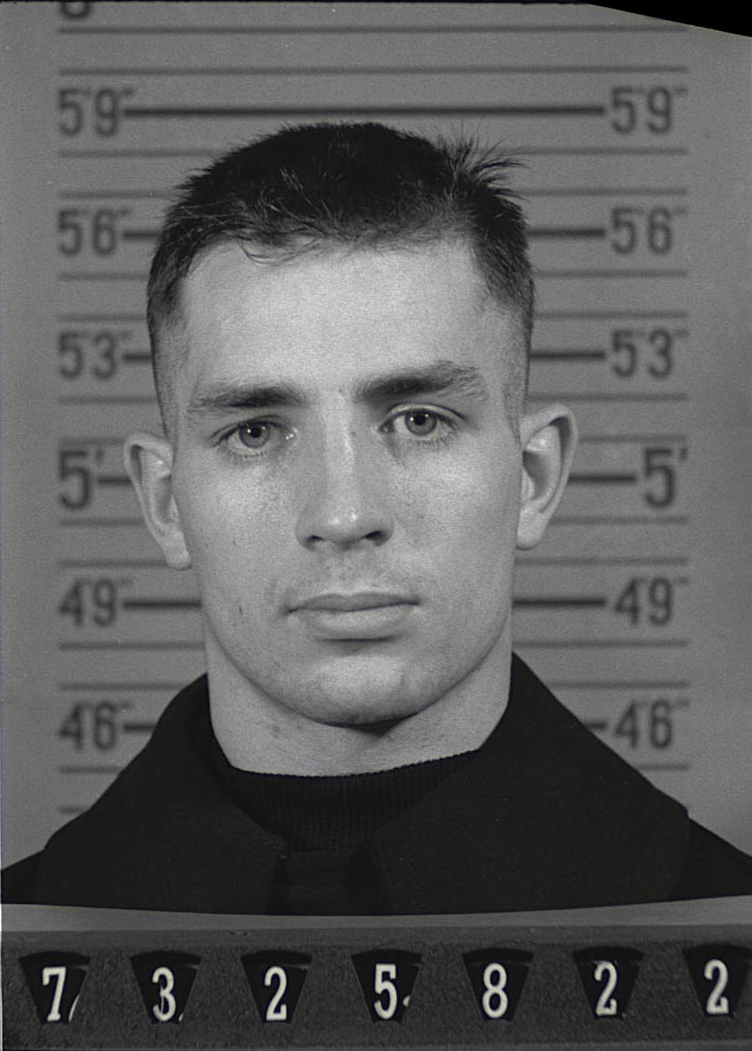Kind Of Writer...
Photo source: Patrick Fore, Unsplash
WHAT KIND OF WRITER ARE YOU?:
Some know. But many don’t.
For a lot of authors writing fast is a challenge; for others, it poses few problems. My own personal style has always been to write quickly while also trying to keep the quality of my work to a consistent standard. I find that having the will to write is one of the best motivations to keep it up, day in, day out. Though not always an easy task, it is a solid foundation to base a writing career on.
For me, there are two types of writers - — the kind that gets down to the nitty-gritty straight away, with minimal planning, no or only a loose skeletal story frame at best, hoping their inspiration will see them through the creative burst. And then the second kind: the one that plans meticulously, sometimes months ahead, writing copious amounts of notes, diagrams, minute details of research they will - — very often - — never be used in the narrative anyway.
“A word after a word after a word is power.”
- Margaret Atwood
There is, in all honesty, not much to say about the first type of writer. The actions are the words, and the words are the actions. They start, and then they finish, like a seamless train of thought. It is the editing then. How much do they edit and how much time do they dedicate to it before they release their work onto the reading public? Because I see myself as this kind of an author, I do not criticise the approach as much, though I am aware of its flaws.
The second type, an artist of structure and mathematician of plot and characterization, needs to feel what they are writing is tied down to the logic of their thoughts and volitions. With it — the most outlandish story device can hold validation. Every writer who plans out their scheme differs from every other, though I am sure -— even without them thinking about it subconsciously -— they are using one of the tried and tested methods used by writers for centuries.
Many of these writers have different modalities and styles but at the end of the day, the method is the same: a pedantic manner to planning in the hope of writing something unique and adored by their readers.
One popular method is by author Karen Wiesner, whose book, From First Draft to Finished Novel: A Writer’s Guide to Cohesive Story Building, published in 2008, was one of the books I read when trying a different approach to my planning and actual writing - — the proof is in the pudding: Wiesner, a prolific author who has published over a ‘130 titles in the past 20 years’, has had success at it so it must work for her. Unfortunately, though, I didn’t find it as useful for myself as I had originally thought. She mentions the outline and then further stages until you come to your first draft. This method teaches you to repeatedly edit what you are doing and go over it as you do and, in turn, you should learn from it until you have a polished first draft. For me, this shifts the focus too much on that initial draft - — a first draft should be just that: a first: rough around the edges, incomplete and with much to add as well as cut away.
Another theory, the ‘Snowflake Method’, developed by Randy Ingermanson, uses the metaphor of a snowflake to build on the structure of the story until it is developed.
Photo source: Aaron Burden, Unsplash
Along with these two, there are countless others from books I’ve read as well as from blogs of famous and popular writers on the internet: ‘The Novel Factory Method’, ‘The Five-Step Method’ and an interesting one by Jeff Goins called ‘The 5-Draft Method’, which I have to say is the closest I’ve come to an approach that I implement myself in my own work. Again, it’s all apples and oranges really, just blah-blah-blah in the grand scheme of you and your artistic creations
“I refuse to let anything get in my way.”
― Randy Ingermanson
Personally, though, I’m rather for the approach - — a bit Kerouacian with a ‘stream of consciousness’ vibe -— to write the shit out of it. No planning at first, letting a loose structure develop. From it, I focus more on the other edits (I have five), where I change grammar, word choice, dialogue. This way, the limitations are defined - — only your imagination.
A young Jack Kerouac, ‘The Angle-Headed Hipster’, in 1943. Photo source: Wikicommons


